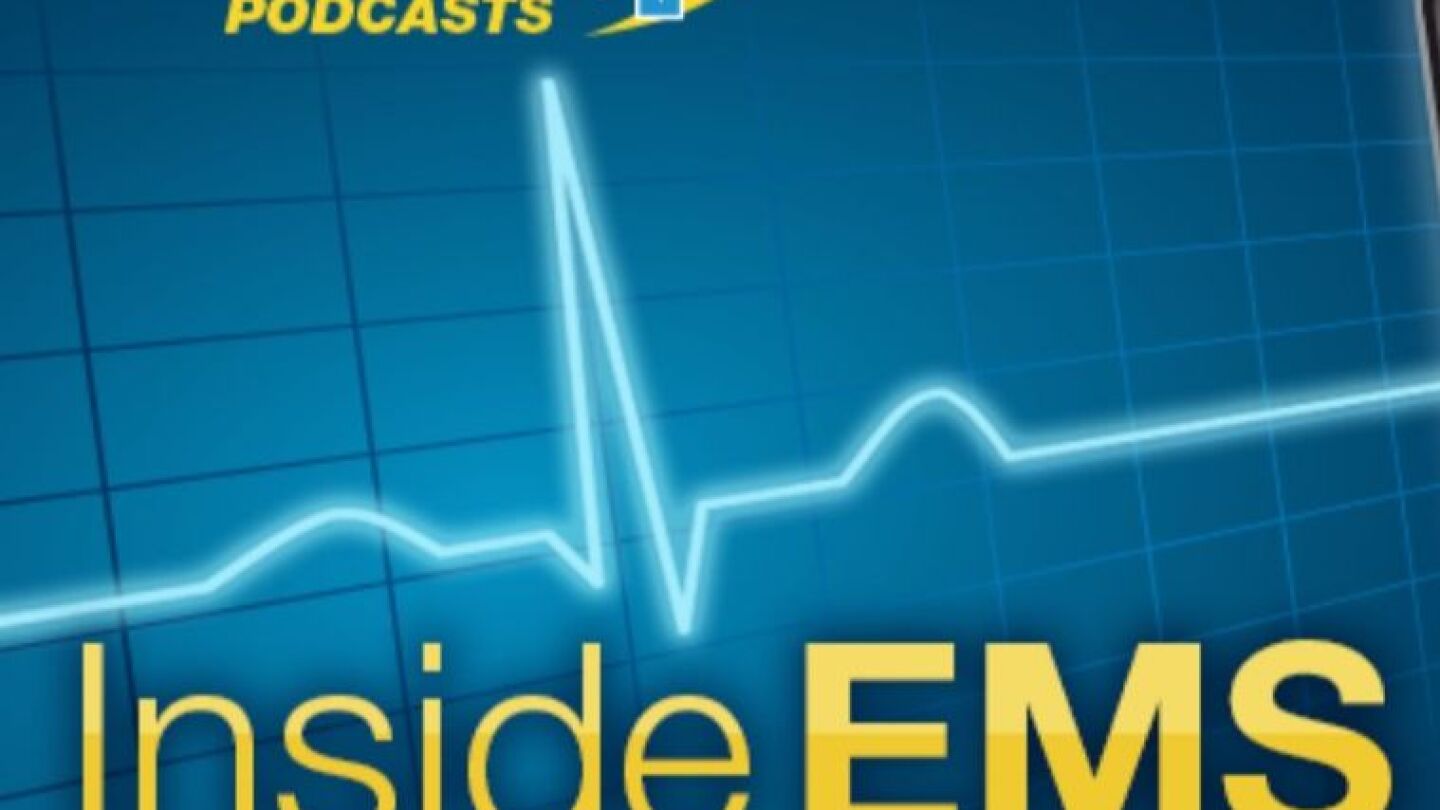Management
When good people get involved in high-risk, low-frequency events, you are much more likely to make a mistake; listen to learn why ongoing training is key for responders
Practice self-care and do the work on the front end so you have more to give on the back end
It’s hard to sit back and watch when so much work needs to be done, but your team needs stability, not more chaos
NAEMT’s National Survey of Violence Against EMS Practitioners identifies training gaps in EMS safety
A bold proposal to change the way we educate and certify EMS providers
Our co-hosts sit down with EMS consultant and teacher Jon Politis, who shares his leadership style and offers advice for leading during the pandemic
Beleaguered EMTs can use self-reflection and distance to escape bad partners or agencies
Pat Songer has been hired as permanent executive director of the National EMS Management Association after serving as interim director for 18 months
FDNY EMT Gregory Hodge, 59, was a 24-year veteran of the department who assisted with World Trade Center rescue and recovery efforts
Big data is readily available to EMS leaders to capture, review and apply to making change to improve patient outcomes in every community
Dispatchers say the consolidated dispatch center is grossly understaffed and that mandatory overtime oftentimes means 16-hour double shifts
The settlement resolves a lawsuit brought by the employee and joined by the federal government and doesn’t require Hart to Heart to admit liability
Manually calculating hours worked, tracking PTO requests and verifying daily schedule questions is time consuming, and vulnerable to human error
The culture, good or bad, EMS leaders cultivate can make or break an EMS agency
Download the free white paper to learn how you and your organization can use collaboration to overcome many of today’s challenges and prepare for the future
Using LEAD principles, EMS leaders can encourage employee retention at their organizations
Embrace change, empower leaders and remove cancer are three factors to evolve an EMS agency and avoid the pitfalls of stagnation
Pinnacle program co-chair, Jay Fitch, recounts the highlights from this year’s leadership forum
Use these actions to positively improve employee engagement and satisfaction by demonstrating value and appreciation
CRM strategies include a consensus among crew members and confirmed communications that make tasks more efficient
Toxic leaders in EMS destroy morale, initiative and progress; look for these signs in yourself and your department’s leadership
Near-miss reporting can help build a culture of safety in your agency and improve the EMS profession as a whole
Patient-centered care partnerships with patients and family need to start at the top
Position statements from our national leadership are helpful, but we must make culture change ourselves
Reps say they are within their rights under state law to answer medical calls and transport patients through private agreements or direct personal contacts
Two Australian paramedics are under investigation for refusing a late call assignment because of fatigue
This free white paper describes the steps needed to build a case for automated scheduling that aligns with your agency’s goals
The report discusses the impact of emergency lights and sirens on response times, safety and patient outcomes
Finding a unified operational solution for your EMS agency can increase compliance and decrease costs
Traditional software solutions are quickly being replaced by cloud-based best-in-class software suites, but are they the best choice for EMS agencies
An audit of the company’s business practices highlighted the need for an HR professional
EMS leader and advocate Raphael Barishansky discusses his EMS career path from a volunteer EMT to the highest levels of state government



























